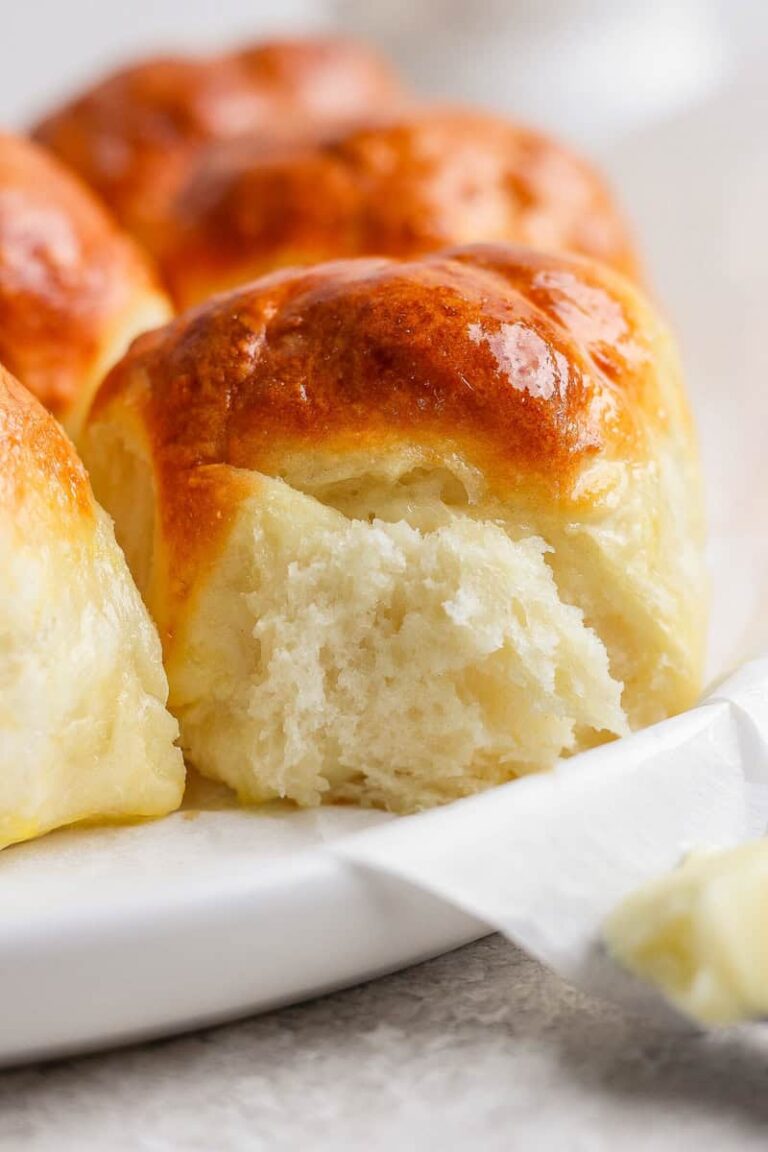
If you’ve ever wondered whether your trusty crock pot can handle the task of making bone broth, the answer is a resounding yes! In fact, using a slow cooker is one of the easiest and most convenient ways to extract every ounce of goodness from bones, creating a deeply nourishing broth that supports gut health, immunity, and more. This article will show you how to transform kitchen scraps into liquid gold, no culinary expertise required.
What Makes a Crock Pot Great For Cooking?
A crock pot, or slow cooker, is an exceptional tool for cooking because it allows you to prepare flavorful, nutrient-rich meals with minimal effort and oversight. Its low, steady heat gently breaks down tough cuts of meat, bones, and vegetables over several hours, extracting maximum flavor and nutrition while preserving delicate nutrients that can be lost with high-heat methods. The sealed environment locks in moisture, preventing dishes from drying out and enhancing the natural taste of your ingredients. Plus, its hands-off operation means you can set it, forget it, and return hours later to a perfectly cooked meal—making it ideal for busy schedules and anyone seeking convenient, wholesome home-cooked food.
Can You Make Bone Broth In a Crock Pot?
Absolutely, you can make bone broth in a crock pot—and it’s one of the easiest and most effective methods available. The slow, consistent heat of a crock pot gently simmers bones, water, and aromatics for hours, allowing nutrients like collagen, minerals, and amino acids to be fully extracted without the need for constant monitoring. This hands-off approach not only saves time and energy but also yields a rich, flavorful broth that’s perfect for sipping, cooking, or freezing for later use. Whether you’re a beginner or a seasoned home cook, making bone broth in a crock pot is a simple, reliable way to enjoy all the health benefits of this nourishing superfood.
How To Make Bone Broth In a Crock Pot
Step 1: Gather Your Ingredients
Start by collecting your bones—these can be from chicken, beef, pork, or even fish. You can use raw bones, but for extra flavor, roasted bones are ideal. Add any leftover vegetable scraps like onion, carrot, celery, and garlic. Don’t forget a splash of apple cider vinegar, which helps draw out minerals from the bones, and enough water to cover everything by about an inch.
Step 2: Load the Crock Pot
Place the bones and vegetables into the crock pot, then pour in water until the contents are fully submerged. Add the apple cider vinegar and any herbs or spices you like, such as bay leaves, peppercorns, or thyme. Avoid adding salt at this stage, as the broth will reduce and concentrate in flavor.
Step 3: Set and Simmer
Cover the crock pot with its lid and set it to low. Let the mixture simmer gently for at least 12 hours—24 hours is even better for maximum nutrient extraction. If you’re using chicken bones, 12–18 hours is usually sufficient; for beef or pork bones, aim for 18–24 hours. Occasionally skim off any foam or impurities that rise to the top.
Step 4: Strain the Broth
Once your broth has finished simmering, carefully remove the large bones and vegetable pieces with tongs or a slotted spoon. Pour the remaining liquid through a fine mesh strainer or cheesecloth into a large bowl or pot to catch any small bits and ensure a clear broth.
Step 5: Cool and Store
Allow the strained broth to cool to room temperature, then transfer it into airtight containers or jars. Store in the refrigerator for up to five days, or freeze in portions for several months. Once chilled, you may notice a layer of fat on top—this can be skimmed off or stirred in for extra richness, depending on your preference.
What’s The Ideal Cooking Time For Flavor And Nutrient Extraction?
The ideal cooking time for bone broth in a crock pot is typically between 12 and 24 hours, depending on the type of bones and the depth of flavor you desire. Simmering for at least 12 hours allows enough time for collagen, minerals, and amino acids to be released, resulting in a rich, nourishing broth. For beef or pork bones, extending the cook time to 18–24 hours maximizes both flavor and nutrient extraction, while chicken bones generally reach their peak around 12–18 hours. This slow, gentle process ensures you get a deeply flavorful broth packed with health benefits, without risking bitterness or overcooking.
Should The Lid Stay On Or Off While Cooking?
The lid should stay on while cooking bone broth in a crock pot to maintain a consistent temperature and prevent excessive evaporation. Keeping the lid on ensures that the broth simmers gently and retains enough liquid throughout the long cooking process, allowing the flavors and nutrients to fully infuse. If you leave the lid off, the broth may reduce too quickly, potentially leading to a burnt taste or a broth that’s too concentrated. For the best results—rich, flavorful, and nutrient-dense bone broth—always keep the lid securely in place during the entire cooking time.
Can I Store and Reuse The Bone Broth?
Yes, you can easily store and reuse bone broth, making it a convenient staple for healthy home cooking. Once your broth has cooled, transfer it to airtight containers and refrigerate for up to five days, or freeze in smaller portions for several months. Freezing in ice cube trays or silicone molds allows you to thaw just what you need for recipes, sipping, or sauces. When reheating, simply warm the broth on the stove or in the microwave until steaming. Properly stored, bone broth retains its flavor and nutritional benefits, making it perfect for soups, stews, grains, or as a nourishing drink anytime.
Common Bone Broth Crock Pot Cooking Mistakes To Avoid
- Using Too Much or Too Little Water: Overfilling the crock pot can dilute your broth, while too little water may cause it to evaporate and burn. Aim to cover the bones by about an inch for optimal results.
- Not Adding Vinegar: Skipping a splash of apple cider vinegar means missing out on extra mineral extraction from the bones, which boosts both nutrition and flavor.
- Cooking on High Heat: Using the high setting can cause the broth to boil, resulting in a cloudy appearance and less developed flavor. Always cook on low for a gentle, steady simmer.
- Neglecting to Skim Impurities: Failing to skim off foam or impurities during the first few hours can lead to a broth with an off taste or unpleasant texture.
- Adding Salt Too Early: Salting at the beginning can make the broth too salty as it reduces. It’s best to season your bone broth after it’s finished cooking and strained.
Conclusion
Making bone broth in a crock pot is a simple, hands-off process that delivers rich flavor and impressive nutritional benefits with minimal effort. By following a few key steps—using the right bones, adding a splash of vinegar, simmering on low with the lid on, and storing your broth properly—you can enjoy a nourishing, homemade superfood that fits seamlessly into busy lifestyles. Whether you’re new to bone broth or looking to perfect your technique, the crock pot offers a foolproof way to create delicious, health-boosting broth that supports your wellness goals and elevates your home cooking.
Final Thoughts
Looking for an easy way to enjoy the benefits of bone broth without hours in the kitchen? Discover Dr. Kellyann’s best sellers, featuring wholesome chicken, beef, and french onion bone broths—all crafted without GMOs or added sugars. These convenient, nutrient-dense broths are ideal for gut health and daily wellness. Craving something chocolatey? Try the Super Chocolate Smoothie for a delicious, nourishing treat. Explore more options at Dr. Kellyann’s and find the perfect fit for your family’s needs.
Sources
- https://foodal.com/kitchen/pots-pots-skillets-guides-reviews/crockpot-vs-slow-cooker-thing/
- https://www.oprah.com/food/ultimate-guide-to-slow-cooker-cooking-times-and-settings/all
- https://www.southernliving.com/food/kitchen-assistant/do-you-lock-slow-cooker-when-cooking






